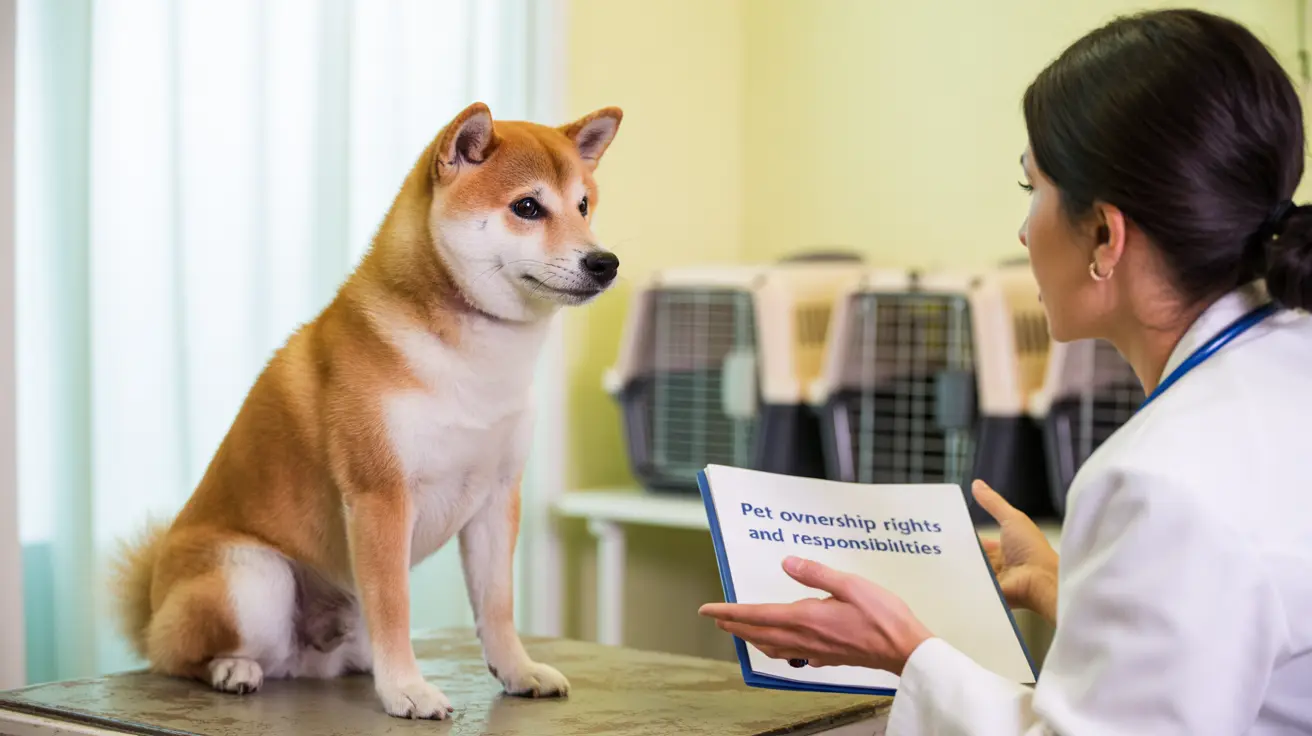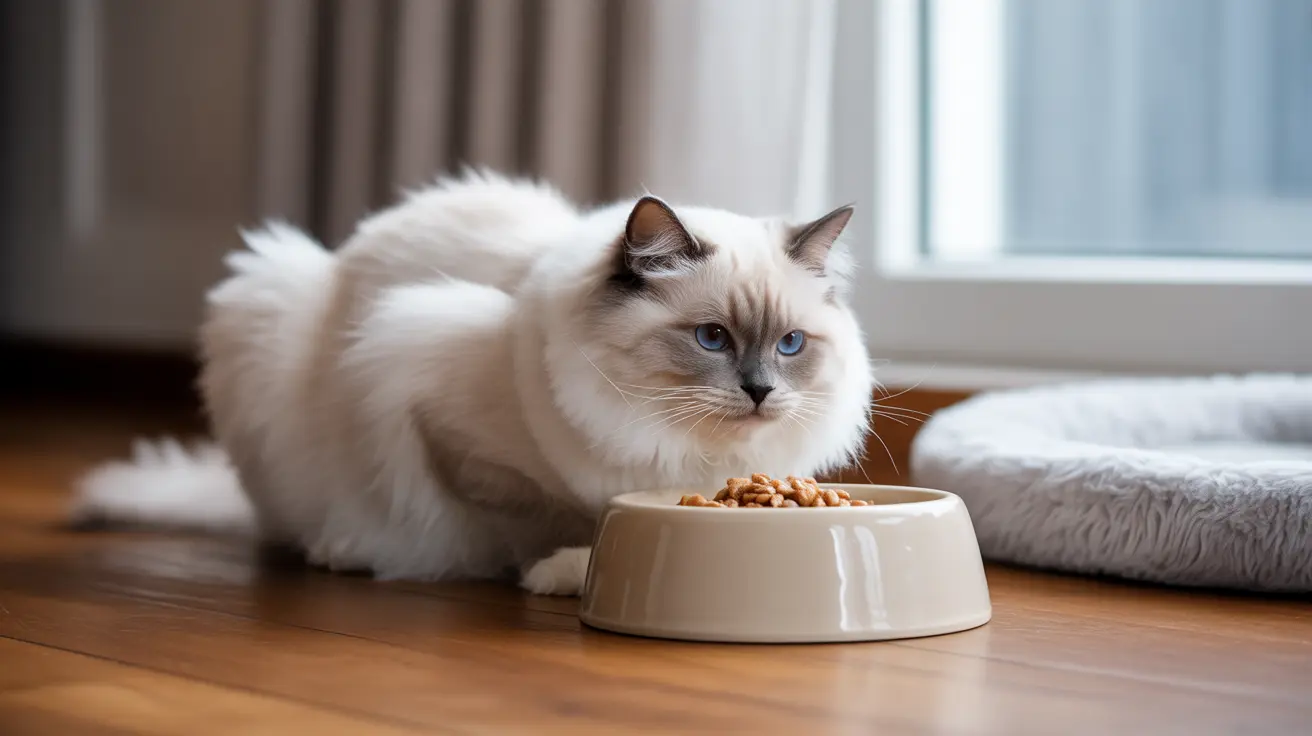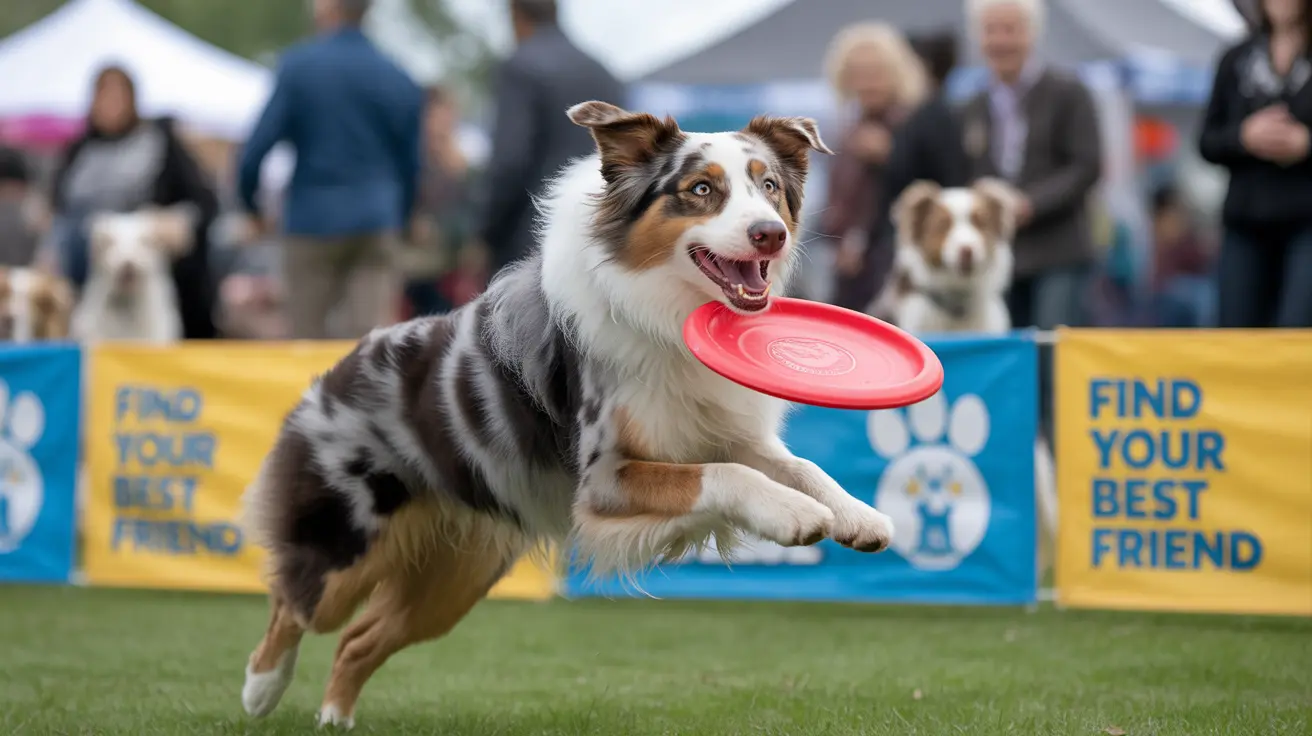Understanding Why Cats Headbutt Objects
Anyone who lives with a cat has probably experienced the gentle (or sometimes insistent) nudge of a furry forehead against their hand, leg, or even furniture. This behavior, known as headbutting or bunting, is a fascinating aspect of feline communication.
The Science Behind Cat Headbutting
Cats possess scent glands on various parts of their bodies, including their cheeks, forehead, and chin. When your cat presses its head against you or an object, it’s actually depositing pheromones—chemical signals unique to each individual. These pheromones help cats mark territory and create a familiar, comforting environment.
- Scent Marking: By rubbing their heads on surfaces, cats claim ownership over those areas. The scent left behind is undetectable to humans but sends a clear message to other cats: “This is mine.”
- Communication: Headbutting isn’t just about marking territory; it’s a way for cats to communicate with both humans and other animals. It can signal trust, affection, or even an invitation to interact.
Social Bonds and Affection
When your cat headbutts you, it’s often expressing affection and trust. In multi-cat households, you might see cats bunting each other as part of social bonding. This mutual grooming and scent exchange helps maintain group harmony.
Cats don’t reserve this gesture just for people—they’ll also bunt dogs, other cats, or even inanimate objects like door frames and table legs. Each time they do so, they’re reinforcing the sense of safety and familiarity in their environment.
Headbutting vs. Other Behaviors
- Headbutting: Gentle pressing or rubbing of the forehead or cheeks against an object or person.
- Head Pressing: A different behavior where a cat forcefully presses its head against a surface for extended periods—this can be a sign of illness and requires veterinary attention.
- Nuzzling: A softer action that may involve more of the face or body; often overlaps with bunting but tends to be more about seeking comfort than marking territory.
The Role of Scent in Feline Life
Scent plays an enormous role in how cats experience the world. Their sense of smell is far superior to ours—so much so that what seems like an innocent nuzzle may actually be part of complex social signaling. By distributing their scent throughout their territory (your home), they create a network of familiar markers that help them feel secure.
This behavior is especially common when there are changes in the environment: new furniture, visitors, or after returning from the vet. Cats will often re-mark important areas to re-establish their presence.
How Should You Respond?
If your cat headbutts you, take it as a compliment! They’re showing trust and perhaps inviting interaction. Many cats appreciate gentle petting in response—but always watch for signs that your cat is done (such as twitching tail or flattened ears).
- Acknowledge the gesture: Speak softly or offer gentle scratches around the cheeks or chin.
- Respect boundaries: If your cat walks away after bunting you, let them have space.
- Create opportunities for interaction: Some cats enjoy interactive play after bunting; others simply want to sit near you.
Bunting Objects: More Than Just Furniture
You might notice your cat headbutting door frames, sofa corners, or even shoes left by the front door. These are all strategic spots for scent marking—places where people come and go frequently or where other pets pass by. By marking these locations, your cat maintains control over its environment and feels more at ease within its territory.
When Headbutting Changes
If your normally affectionate cat suddenly stops headbutting altogether—or starts doing it obsessively—it could signal stress or health issues. Pay attention to changes in behavior and consult your veterinarian if something seems off.
The Takeaway: A Unique Form of Feline Communication
Cats are subtle communicators who rely heavily on body language and scent cues rather than vocalizations alone. Headbutting is one way they connect with their world—and with you—on a deeper level. Next time your cat gently bumps its head against you (or your favorite chair), remember: it’s not just cute—it’s meaningful communication from one species to another.





